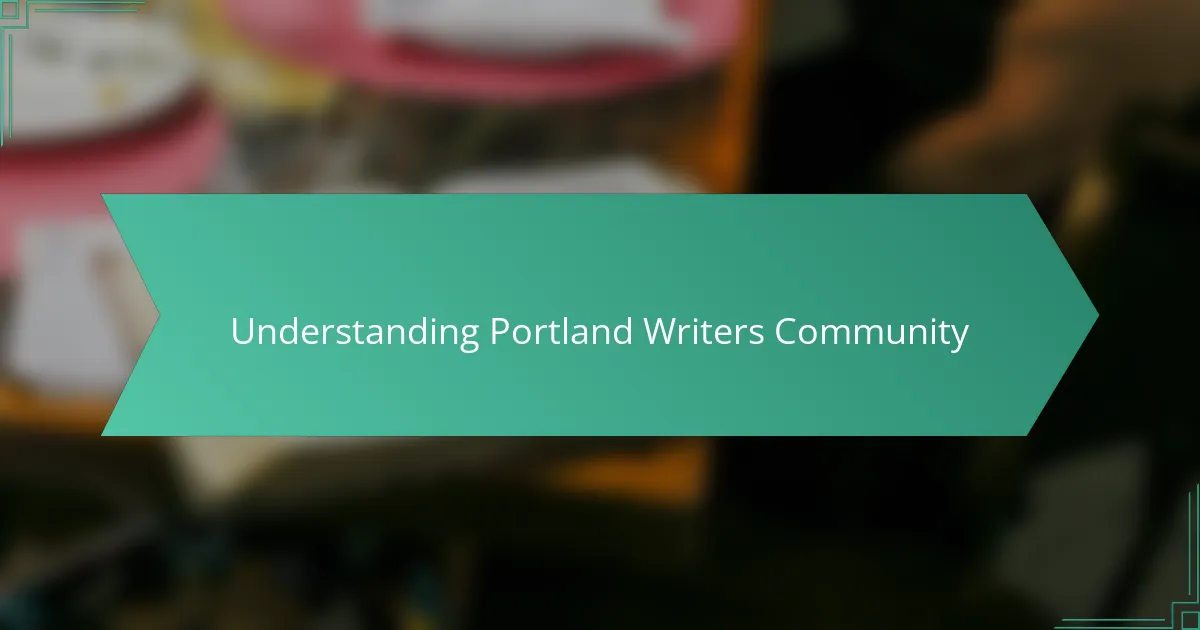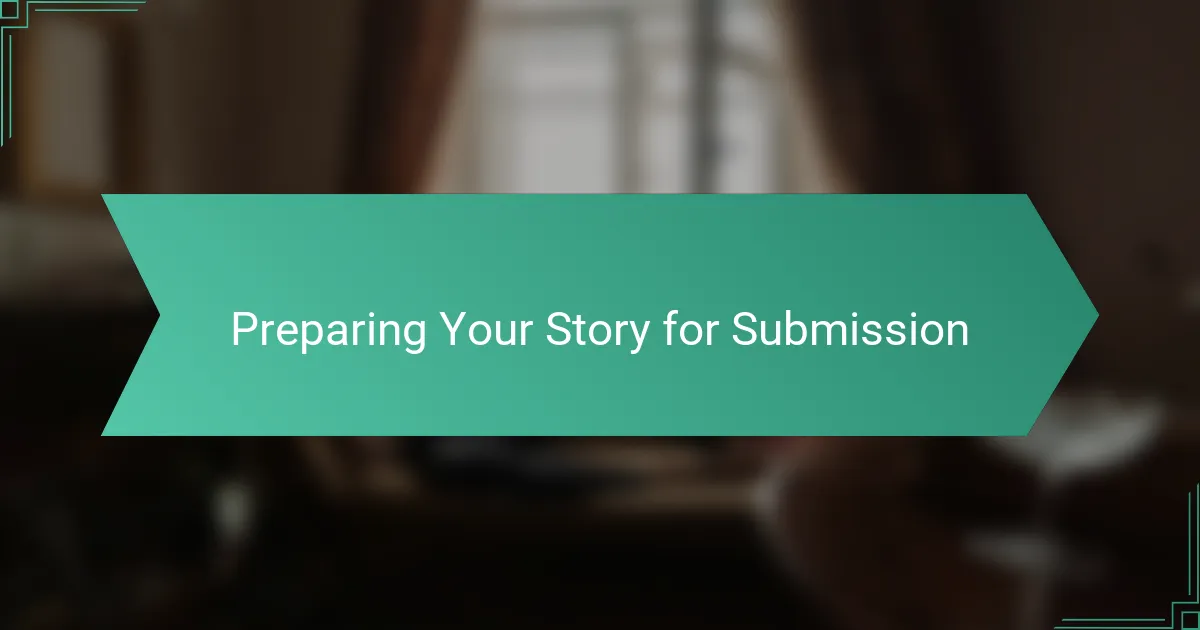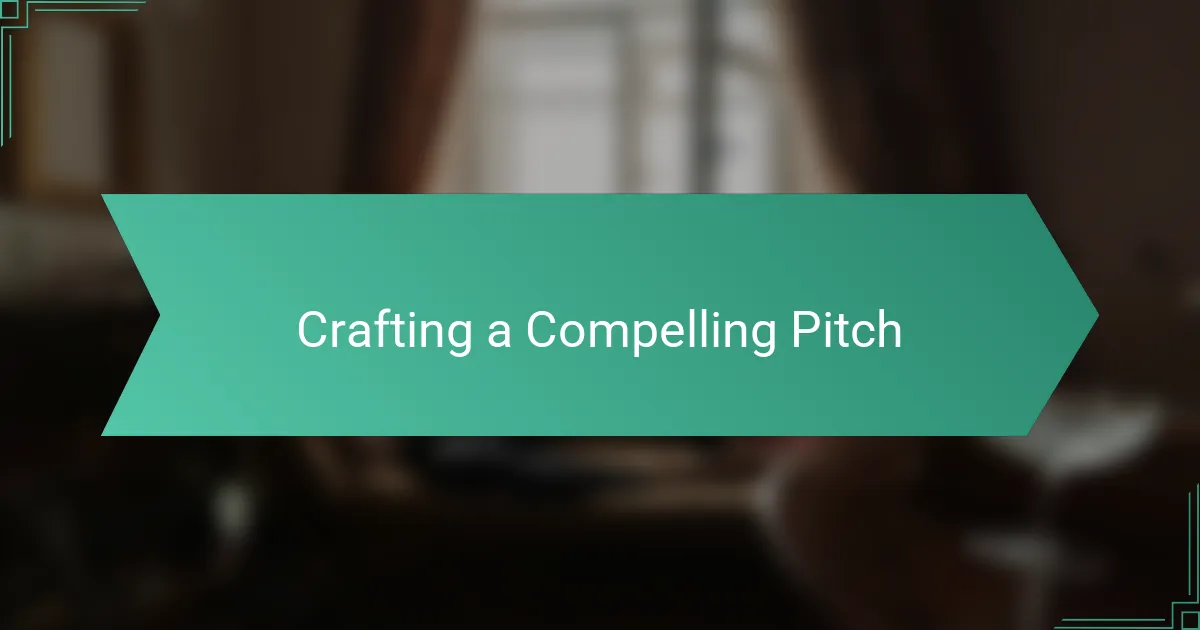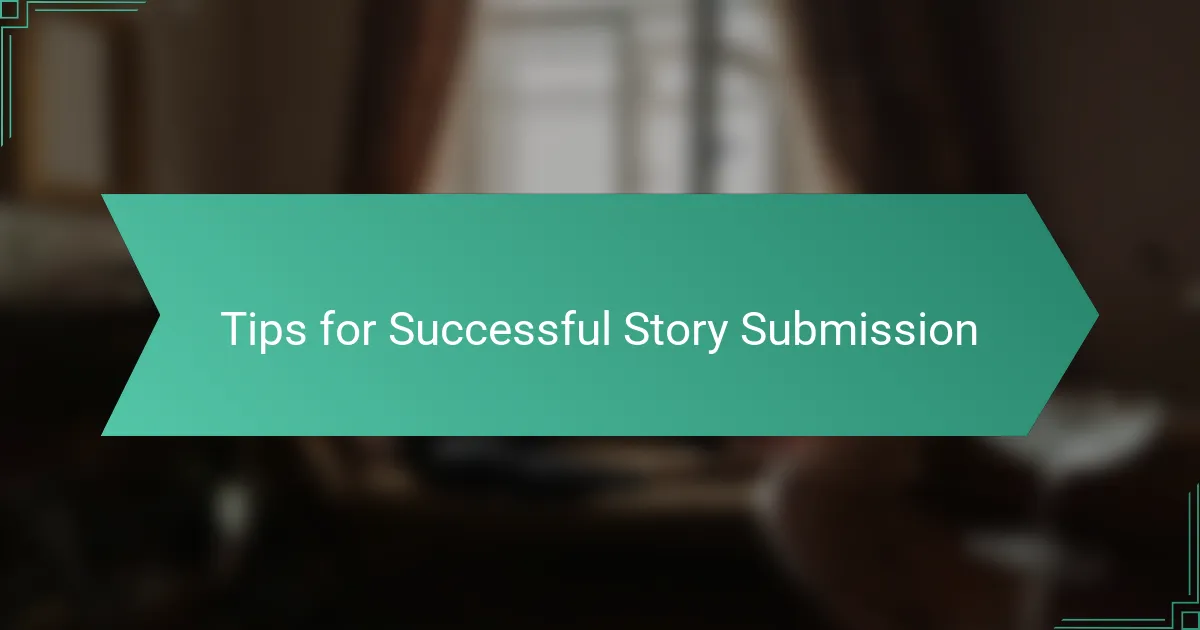Key takeaways
- Joining the Portland Writers Community fosters a sense of belonging and encourages vulnerability among writers, enhancing creativity and collaboration.
- Portland Review Magazine captures the city’s spirit through diverse storytelling, challenging writers to present both intimate and universal experiences.
- Preparing a story for submission involves meticulous editing and adherence to guidelines, showing professionalism and respect for editors.
- Successful pitching is about authenticity and conveying the story’s connection to Portland, making the process feel like a genuine conversation.

Understanding Portland Writers Community
Portland Writers Community feels like a vibrant tapestry woven from diverse voices, each storyteller bringing a unique thread. Have you ever noticed how the city’s creative spirit naturally fosters a sense of belonging? From my experience, joining this group felt less like networking and more like finding a creative family.
What struck me most was the community’s openness—writers supporting each other through workshops, readings, and honest feedback. It’s rare to find a space where vulnerability is met with encouragement rather than judgment. Doesn’t that kind of environment make you want to push your boundaries and share your deepest stories?
I often reflect on how this community mirrors Portland itself: inclusive, dynamic, and deeply rooted in authentic expression. Being part of it transformed not just my writing but also how I see collaboration and growth. It made me wonder—how many stories have yet to be discovered right here, nurtured by this collective energy?

Exploring Portland Review Magazine
Portland Review Magazine struck me as a true beacon for voices that don’t just tell stories but live them. Have you ever picked up a publication and felt its pulse, its connection to a place and its people? That’s exactly what I found here—a magazine that breathes Portland’s eclectic energy into every page.
What I appreciate most about Portland Review is its commitment to showcasing not only polished prose but also raw, honest glimpses into life’s complexities. When I first read an issue, I remember thinking, “This is where courage in storytelling meets literary craft.” It challenges writers like me to dig deeper and present work that’s both intimate and universal.
Reading through past issues felt like eavesdropping on conversations across Portland’s neighborhoods, each story a window into lives I might never encounter otherwise. Does a magazine’s ability to capture a city’s heartbeat impact how you view your own work? For me, exploring Portland Review reshaped my understanding of place-driven storytelling in profound ways.

Preparing Your Story for Submission
Before submitting my story to Portland Review, I realized the importance of polishing every detail. Have you ever spent hours revising a single paragraph, wondering if it truly captures what you want to say? For me, this stage was about stripping away anything that felt unnecessary, so the core message could shine through clearly and honestly.
Formatting was another hurdle I didn’t take lightly. I carefully followed the magazine’s submission guidelines—not just out of obligation, but because I believe respecting those rules shows professionalism and respect for the editors’ time. Do you think small details like font size or spacing really matter? From my experience, they do, as they demonstrate your commitment and attention to craft.
Finally, I asked myself if the story aligned with the spirit of Portland Review. Does it reflect something authentic about this place or the people in it? This reflection helped me shape the piece into something I could confidently send off, knowing it would resonate with the readers and editors alike. Preparing your story feels less like a task and more like a conversation where you invite others into your world.

Crafting a Compelling Pitch
Crafting a compelling pitch felt like distilling my entire story into a few sentences that spark curiosity without giving everything away. Have you ever struggled to balance being intriguing yet clear? For me, it was about finding that sweet spot where the essence of my story flew off the page and made the editors want to know more.
I remember rewriting my pitch multiple times, changing words, tweaking tones, and sometimes starting from scratch. It wasn’t just about selling a story; it was about inviting the Portland Review editors into my creative world. Does this process feel daunting? Absolutely—but each revision brought me closer to capturing the heart of my narrative with honesty and passion.
One thing I learned is the power of specificity—highlighting what makes my story unique to Portland’s spirit rather than a generic summary. How could I show them that my story wasn’t just a tale, but a reflection of this city’s pulse? That question guided me every time I sat down to draft or refine my pitch, giving it a life beyond mere words.

Sharing My Pitching Experience
Pitching my story to Portland Review was more nerve-wracking than I expected. I kept wondering, “Will they see the meaning I found in these pages? Can I convey my passion without sounding overly dramatic?” Each time I hit ‘send’ on a revision, a mix of excitement and doubt swirled inside me.
What surprised me was how much the editors’ openness encouraged me to be vulnerable. When they asked thoughtful questions back, I felt like I was having a genuine conversation rather than a stiff query exchange. Have you ever experienced that kind of connection when pitching? It made the entire process feel less transactional and more like sharing a piece of my heart.
Looking back, I realize pitching is not just about selling a story—it’s about telling why it matters here and now. Framing my narrative as part of Portland’s ongoing dialogue gave me confidence and clarity. Would you agree that a pitch brimming with authenticity beats one overloaded with buzzwords every time? I certainly do.

Tips for Successful Story Submission
Getting your story ready for submission is more than just ticking off a checklist—it’s an intimate process where attention to the little things can make a big difference. I found that adhering precisely to Portland Review’s guidelines showed the editors I valued their time and the craft itself. Have you ever noticed how a well-formatted manuscript almost feels like a respectful handshake?
Another tip that served me well was to be ruthless in editing. Cutting phrases or even favorite sentences that didn’t enhance the core message was tough but essential. Why hold on to anything that clouds the story’s heart? From my experience, clarity and honesty beat embellishment every time.
Lastly, consider how your story speaks to Portland’s unique culture and community. I asked myself—does this narrative resonate with the city’s spirit or offer a fresh perspective? When I aligned my submission with that pulse, I felt more confident knowing I was contributing something meaningful, not just another story.